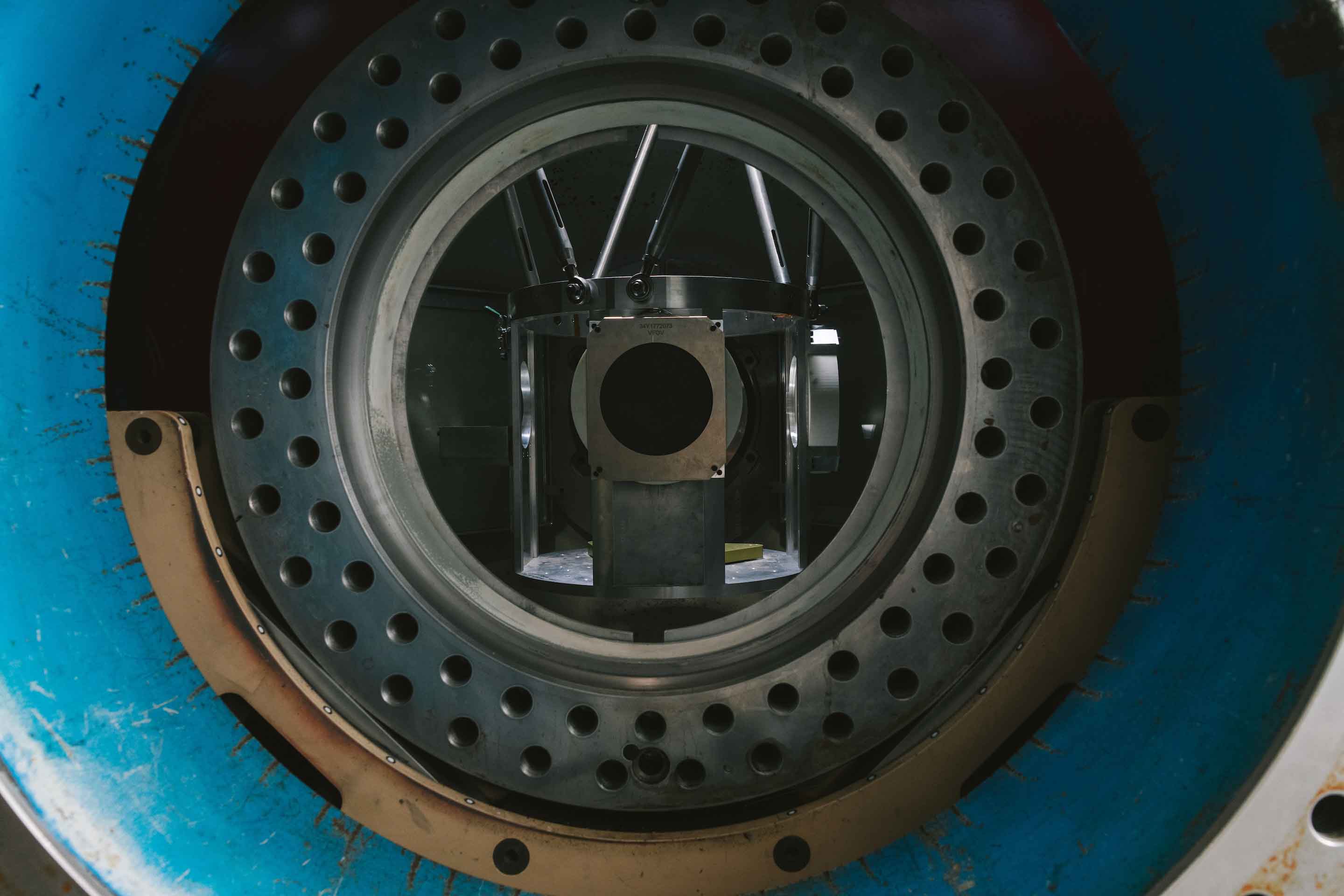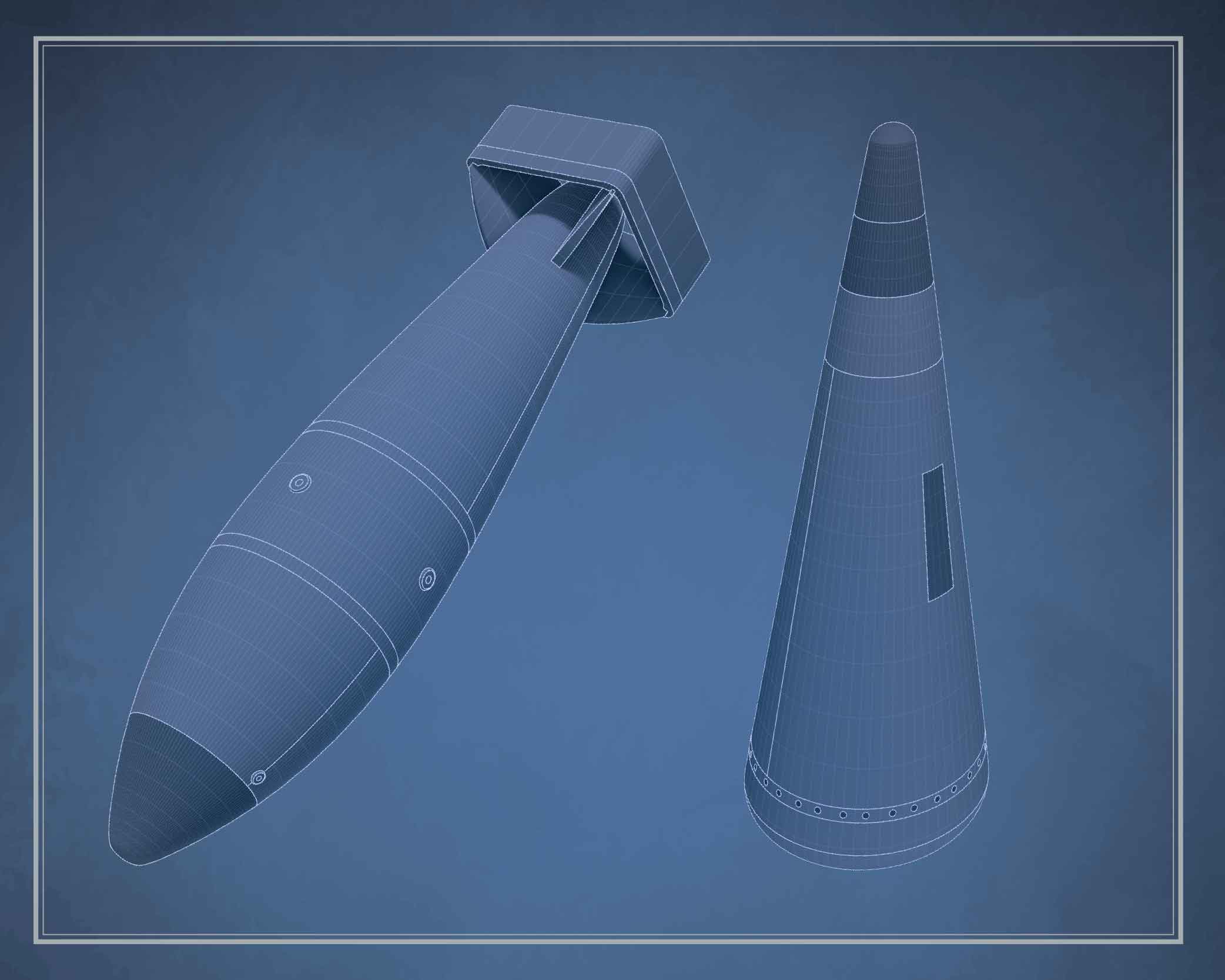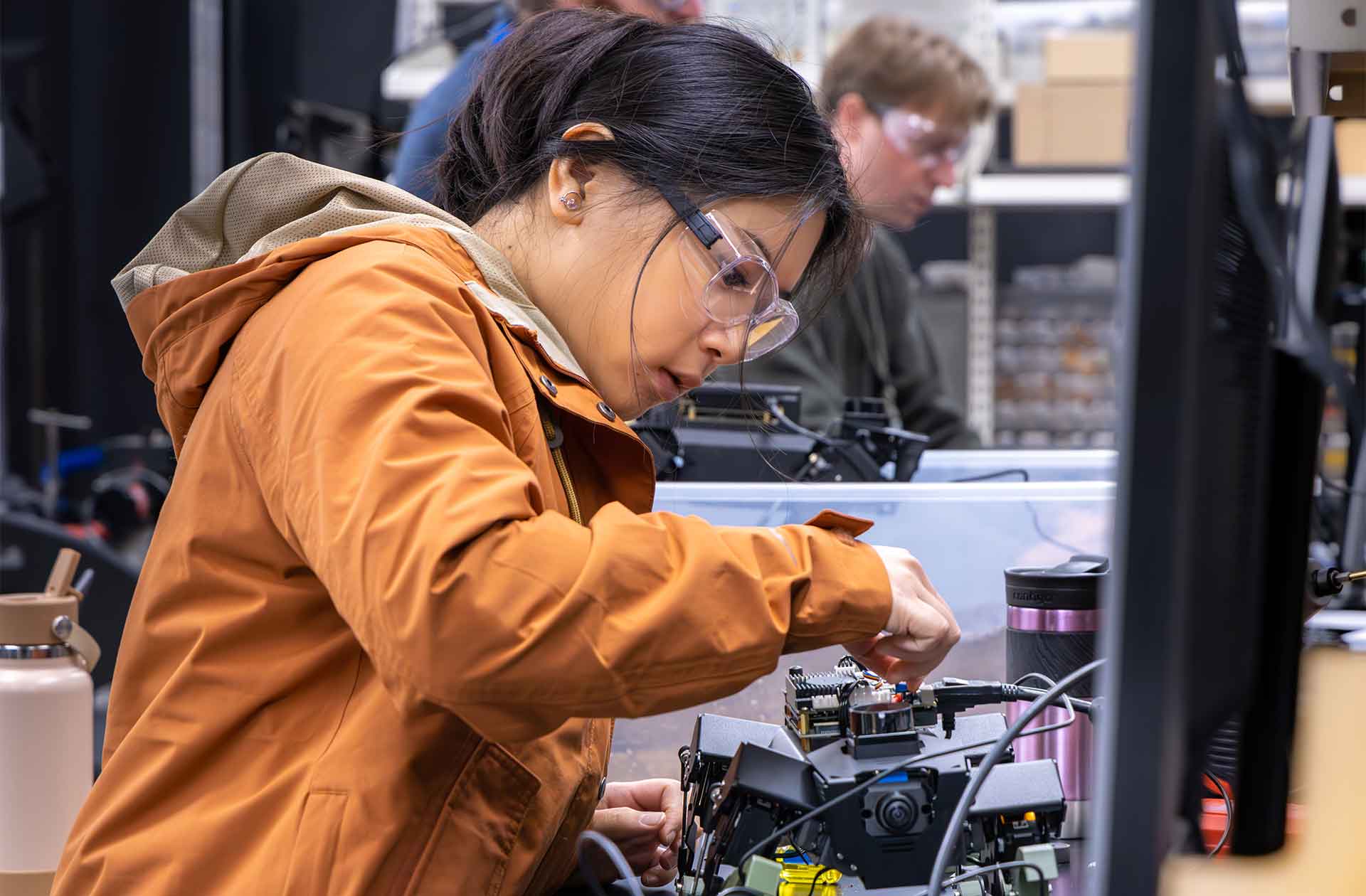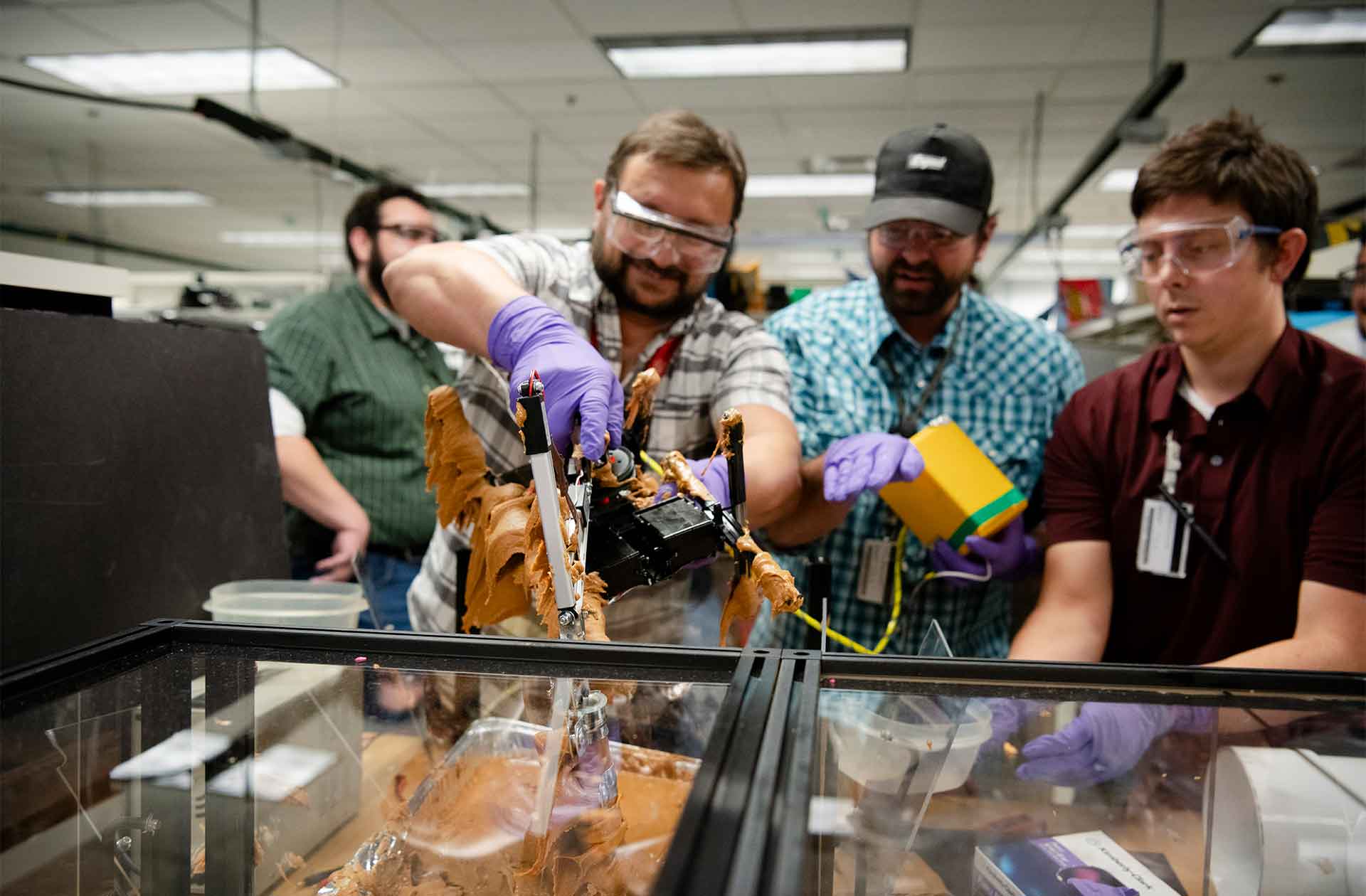Assessing the nuclear inflection point
A Los Alamos team analyzes national security risks and capabilities.
- Jill Gibson, Communications specialist

The world is standing at a “nuclear inflection point,” according to Jill Hruby, head of the National Nuclear Security Administration.
Noting that changes in the geopolitical environment are driving changes in U.S. nuclear strategy, Hruby has charged Los Alamos, Sandia, and Lawrence Livermore national laboratories with developing a “net assessment” capability that analyzes the trends, key competition, risks, opportunities, and challenges that impact the U.S. military capability—with a focus on the country’s nuclear deterrent.
“The future of deterrence must be conceptualized,” Hruby said at the 2023 Strategic Weapons in the 21st Century symposium. “As a wider array of adversaries advance capabilities, as technologies emerge, and as the geostrategic realities change, building more weapons cannot be the only answer and could be the wrong answer. Integrated deterrence, net assessments, and disruptive technologies are being examined to maintain a U.S. advantage over our adversaries.”

In the spring of 2023, that work got underway. “Each lab has a team, and then we work together to build consensus between the three teams and write reports,” says Jim Cooley, who leads the Strategic Analyses and Assessments office at Los Alamos. The Los Alamos team includes policy experts, intelligence analysts, data analysts, and weapons scientists.
Cooley initially led the Los Alamos team but has passed the baton to Beth Hornbein, an intelligence and systems analyst. “We are well-positioned to collect and evaluate information that is relevant to our nuclear weapons mission,” Hornbein says. “Our team can draw on subject matter expertise that doesn’t exist anywhere else in the United States’ government.”

The concept of net assessment isn’t new, but “it can be difficult to explain,” Hornbein says. The U.S. Department of Defense’s (DOD) Office of Net Assessment was founded in 1973 to provide strategic insights for DOD leadership. American foreign policy strategist Andrew Marshall led that office for 40 years, and Hornbein says the Lab team draws on assessment methods that Marshall pioneered.
The team conducts research, holds workshops, and will eventually add wargames (conflict simulations) to its activities. “We are examining the country, our adversaries, and their relative strengths and weaknesses to identify strategic risks and opportunities,” Hornbein explains. “The power of net assessment is that it can provide a fuller picture for decision-makers. Hopefully, the information we provide will help them as they wrestle with tough decisions that will impact the competitive fitness of the nuclear security enterprise and the future of our nuclear deterrent.”
Cooley, who continues to advise the effort, describes net assessment as an “artform that informs policy at the highest level.”
Hornbein says the process is extremely challenging. “It requires the ability to extract meaning from a wide range of information, both quantitative and qualitative, taking into consideration our adversaries’ perspectives, and to apply those findings to big, strategic issues.”
She also notes that net assessment can lead to surprises. “It can uncover asymmetries or opportunities that may be counterintuitive. There are some great examples from the historical literature where an in-depth net assessment challenged the conventional wisdom and forced decision-makers to rethink their approach to important national security issues.”
Hornbein says that although the work is difficult, she finds it inspiring. “We are on the cusp of what could be a very different international security landscape—with three nuclear-armed superpowers—and our work could impact how the United States plans for this future.” ★








